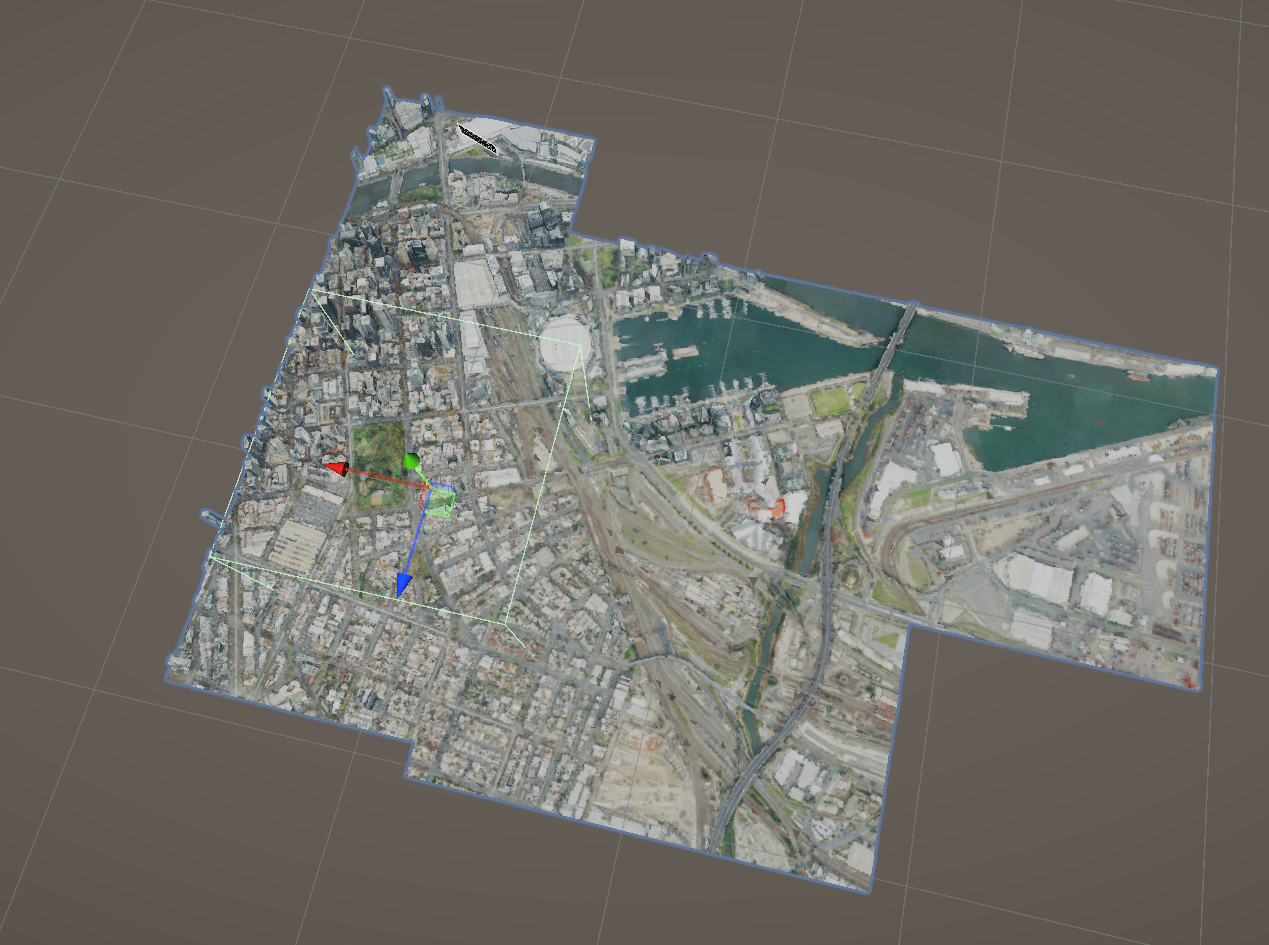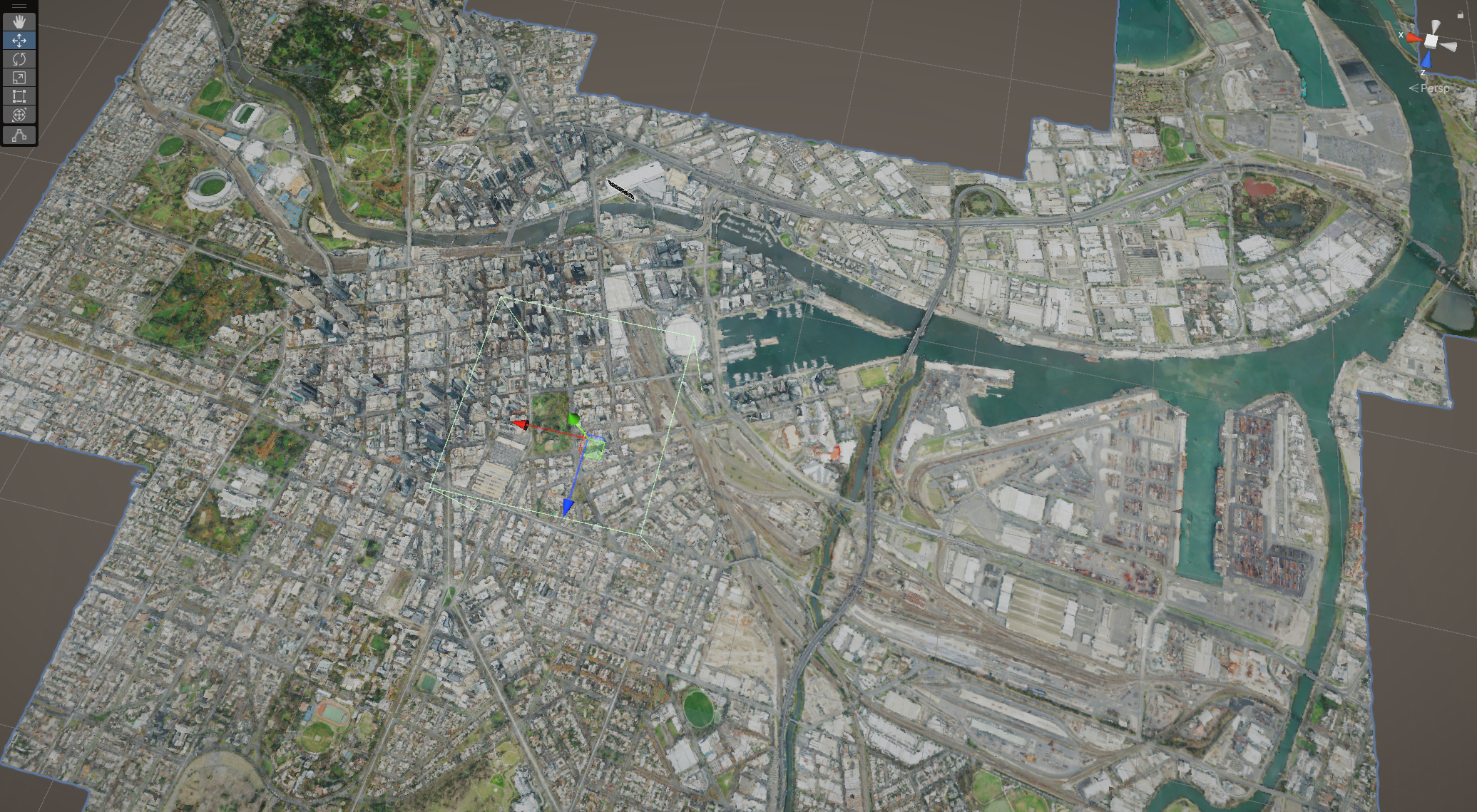L2GF
December 11, 2024, 7:43am
1
May I ask how can I limit the generation range of Buildings in Cesium OSM Buildings? Can this be controlled by code?
janine
December 13, 2024, 3:01pm
2
Hi @L2GF ,
I just want to check what you mean by the “generation range”? It sounds like you want to stop buildings from appearing if they’re a certain distance away from the camera. Is that correct?
If so, you might be interested in using the CesiumTileExcluder interface. This allows you to implement custom tile exclusion behavior, so you can prevent tiles from loading in a certain way.
Unfortunately we do not have an official tutorial for using this yet, but you can find some example code on Github and adapt it for your needs:
CesiumGS:main ← CesiumGS:tile-excluder
opened 06:03AM - 16 Mar 23 UTC
Depends on CesiumGS/cesium-native#608
Added `CesiumTileExcluder`, which is a … C# version of cesium-native's `ITileExcluder`.
The idea is that we can add a C# class like this to our project:
```csharp
using CesiumForUnity;
using UnityEngine;
[RequireComponent(typeof(BoxCollider))]
public class CesiumBoxExcluder : CesiumTileExcluder
{
private BoxCollider _boxCollider;
private Bounds _bounds;
public bool invert = false;
protected override void OnEnable()
{
this._boxCollider = this.gameObject.GetComponent<BoxCollider>();
this._bounds = new Bounds(this._boxCollider.center, this._boxCollider.size);
base.OnEnable();
}
protected void Update()
{
this._bounds.center = this._boxCollider.center;
this._bounds.size = this._boxCollider.size;
}
public bool CompletelyContains(Bounds bounds)
{
return Vector3.Min(this._bounds.max, bounds.max) == bounds.max &&
Vector3.Max(this._bounds.min, bounds.min) == bounds.min;
}
public override bool ShouldExclude(Cesium3DTile tile)
{
if (!this.enabled)
{
return false;
}
if (this.invert)
{
return this.CompletelyContains(tile.bounds);
}
return !this._bounds.Intersects(tile.bounds);
}
}
```
And then add an instance of this class as a component on the `Cesium3DTileset` or any of its parents, up to and including the `CesiumGeoreference`.
With that in place, cesium-native will call the `ShouldExclude` method for each tile that it is considering loading or rendering. This will happen a _lot_, so this method needs to be fast. Return true to skip loading and rendering that tile. Return false to load it and render it as normal.
In the implementation above, a user-defined BoxCollider is also attached to the same GameObject as the CesiumBoxExcluder. Any tiles that intersect this BoxCollider are loaded and rendered, others are not. So tiles that are entirely outside of the box are ignored. The given tile's `bounds` property is an axis-aligned bounding box in the same coordinate system as the `CesiumBoxExcluder`, so it's easy to do tests like this.
In this screenshot, the BoxCollider is the green box in the middle of Melbourne. All of the visible tiles are at least partially inside the box:

If we disable the CesiumBoxExcluder, all the tiles load as normal:

Also in this PR: Extended Reinterop to allow constructors of blittable value types to be called from C++. On the C++ side, these are exposed as `Constrct` methods rather than C++ constructors so that brace initialization can continue to be used to initialize fields without calling into C#.
I hope that helps! Let us know how it goes
1 Like
![]()